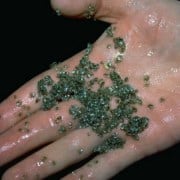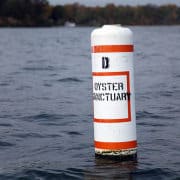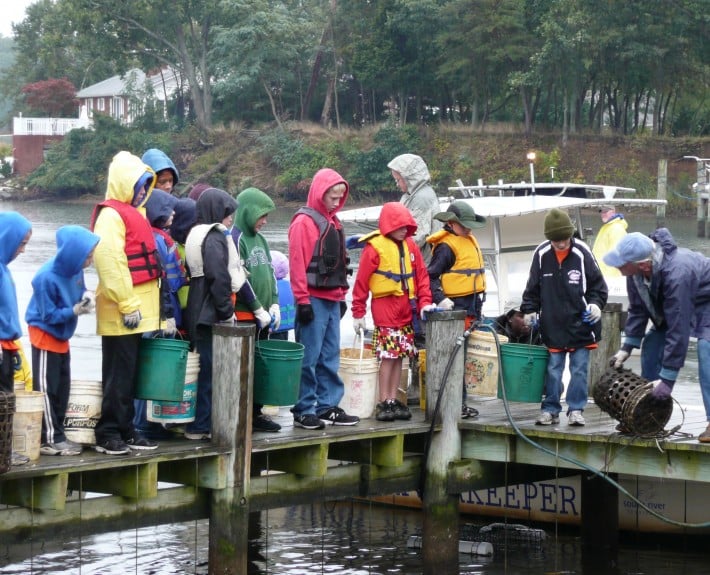Proposed Pitcairn Islands Marine Reserve
Have you ever heard of the Pitcairn Islands? As an ocean lover, I was surprised that I had never heard of this amazing chain of islands in the southern Pacific Ocean; their closest neighbor, New Zealand, is a distant 2,800 miles (4,500 kilometers) away.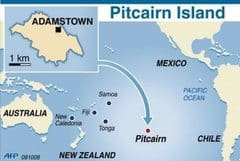 A British Overseas Territory, humans only inhabit one of the four islands and the waters surrounding them are teaming with fish, marine mammals, turtles, and pristine coral reefs. Boasting some of the clearest seawater in the world, the remote location of this area has helped keep it protected and allowed sea life to thrive.
A British Overseas Territory, humans only inhabit one of the four islands and the waters surrounding them are teaming with fish, marine mammals, turtles, and pristine coral reefs. Boasting some of the clearest seawater in the world, the remote location of this area has helped keep it protected and allowed sea life to thrive.
Since early 2011 the Pew Environment Group’s Global Ocean Legacy project has been working with the Pitcairn islanders on the idea of establishing a large-scale marine reserve within their waters. In March of 2012, the National Geographic Society and Global Ocean Legacy teamed up to perform a scientific expedition to Pitcairn and surveyed the underwater landscape. Following this expedition, the islanders of Pitcairn joined with the Pew Environmental Trust and the National Geographic society to call upon the British government for the establishment of a large highly protected marine reserve within the exclusive economic zone (the area of ocean from the shoreline out to 200 nautical miles) of the Pitcairn Islands.
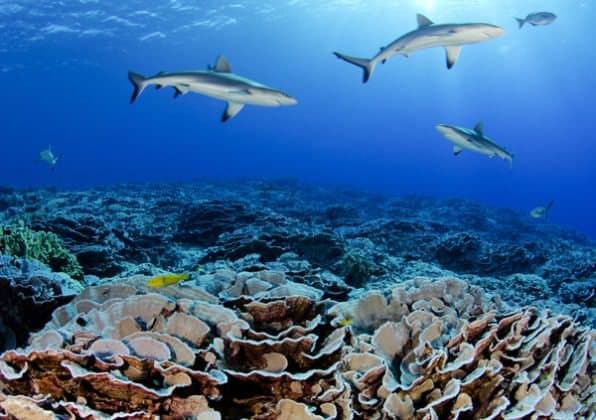 Home to the two southern most coral atolls, the deepest, well-developed coral reef in the world, and two known active hot spots of biological richness, Pitcairn is of great interest to marine and conservation scientists. Despite the fact that researchers have only just begun to explore this area, they have already identified 1,249 marine species. This population includes 22 species of whales and dolphins, 2 sea turtles, 365 species of fish, and 48 marine species already classified as critically endangered, endangered, vulnerable, or near threatened.
Home to the two southern most coral atolls, the deepest, well-developed coral reef in the world, and two known active hot spots of biological richness, Pitcairn is of great interest to marine and conservation scientists. Despite the fact that researchers have only just begun to explore this area, they have already identified 1,249 marine species. This population includes 22 species of whales and dolphins, 2 sea turtles, 365 species of fish, and 48 marine species already classified as critically endangered, endangered, vulnerable, or near threatened.
If approved, the Pitcairn marine reserve would be the largest highly protected marine reserve in the world encompassing over 834,000 square kilometers. As a large no-take reserve, the local population would be able to continue the low impact traditional sustenance fishing that they do today, but large commercial fishing would be restricted. The local economy would likely benefit from the increased interest in scientific research, conservation, and tourism. Last month, the Deputy Mayor of Pitcairn visited London in order to champion their cause, they returned home with high hopes that the British government will endorse the proposed marine reserve area.
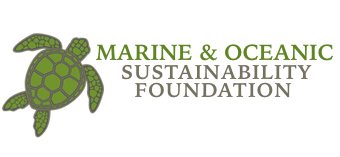
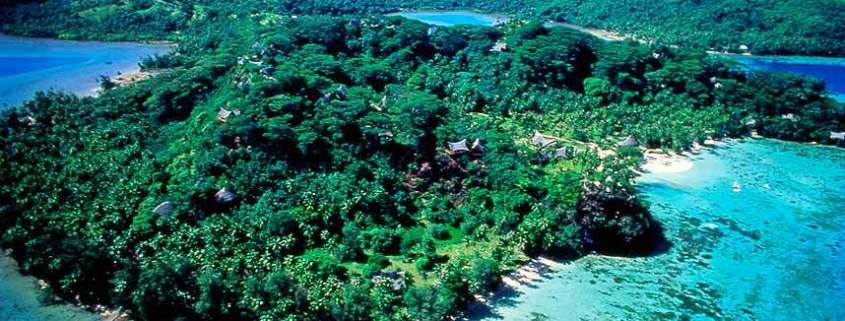
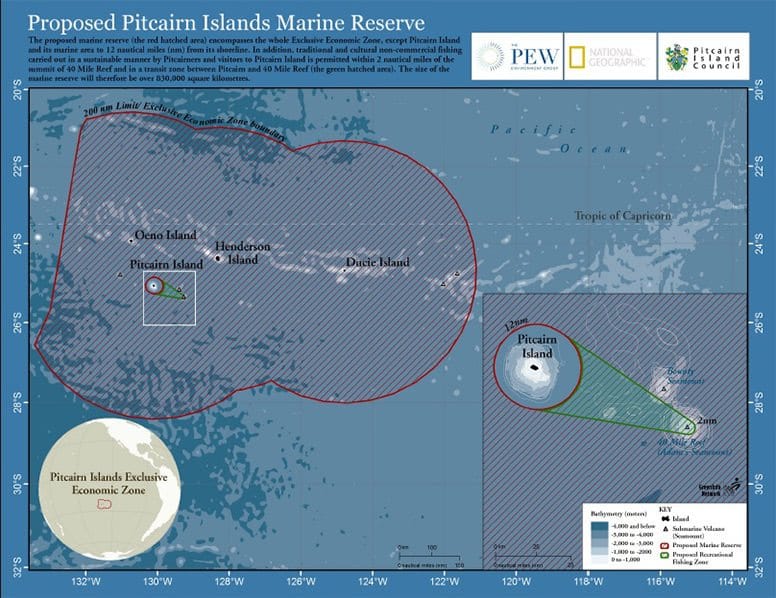
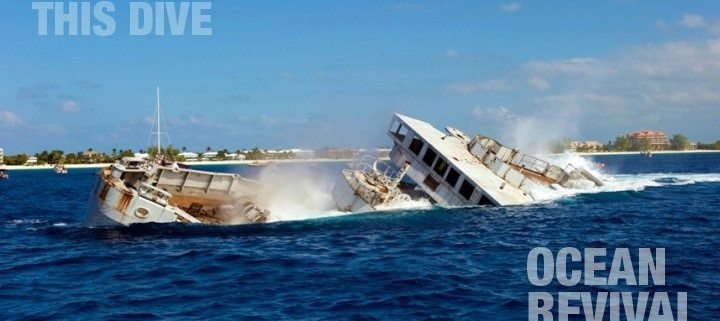
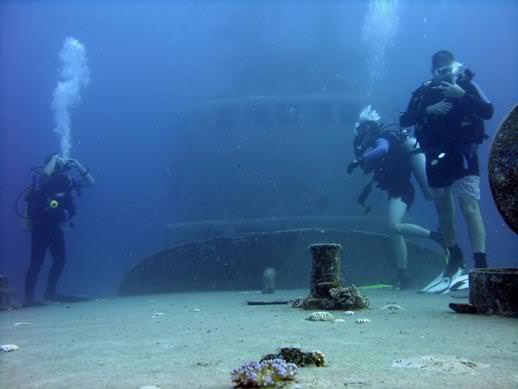 Created by the MUSUBMAR Association, a non-profit association created to promote and develop the underwater tourism industry in Portugal, the Ocean Revival project is the worlds largest artificial reef structure. In accordance with OSPAR Convention rules, four decommissioned vessels from the Portuguese Navy were cleaned of all environmentally hazardous materials or dangers for divers. The ships were then deliberately sunk, one-by-one, to create an artificial reef in an area with ideal conditions for the proliferation of marine life.
Created by the MUSUBMAR Association, a non-profit association created to promote and develop the underwater tourism industry in Portugal, the Ocean Revival project is the worlds largest artificial reef structure. In accordance with OSPAR Convention rules, four decommissioned vessels from the Portuguese Navy were cleaned of all environmentally hazardous materials or dangers for divers. The ships were then deliberately sunk, one-by-one, to create an artificial reef in an area with ideal conditions for the proliferation of marine life.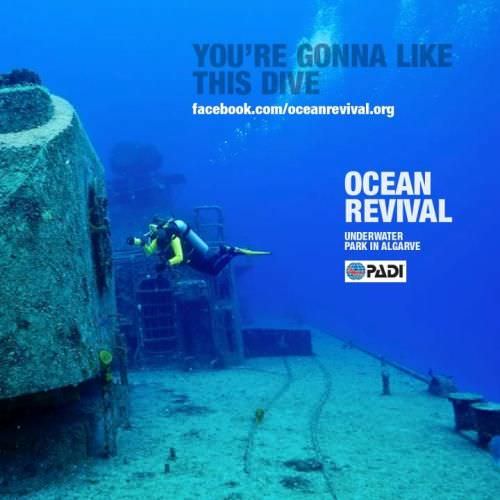 Curious about artificial reefs and their affect on the environment, I decided to dig a little deeper. In an article by the National Geographic Society, University of Tel Aviv marine biology professor Yehuda Benayahu, who studies artificial reefs in the Red Sea, stated, “When a ship sinks, it immediately becomes shelter for marine organisms. Such habitats provide new food sources, greater protection for juveniles, and more space for settlement.” The artificial reefs that are a part of Dr. Benayahu’s research studies include sunken ships ranging from 16 to 130 years in age. Many of the artificial reefs are located near natural reefs, enabling the scientists to compare the two environments at various stages of reef development.
Curious about artificial reefs and their affect on the environment, I decided to dig a little deeper. In an article by the National Geographic Society, University of Tel Aviv marine biology professor Yehuda Benayahu, who studies artificial reefs in the Red Sea, stated, “When a ship sinks, it immediately becomes shelter for marine organisms. Such habitats provide new food sources, greater protection for juveniles, and more space for settlement.” The artificial reefs that are a part of Dr. Benayahu’s research studies include sunken ships ranging from 16 to 130 years in age. Many of the artificial reefs are located near natural reefs, enabling the scientists to compare the two environments at various stages of reef development.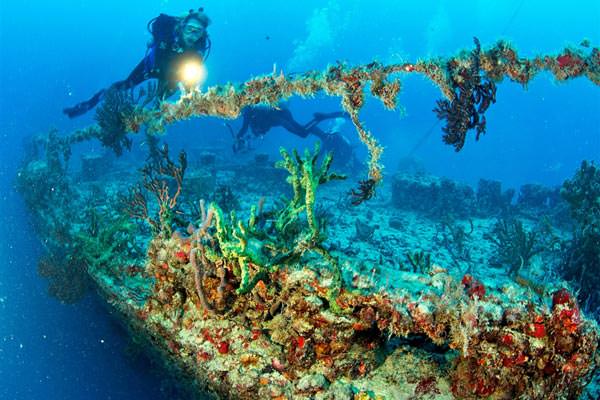 The Ocean Revival project was founded on “the belief that sustainable tourism is a viable way to protect bio-diversity and the preserve the environment.” The dive site, which opened in late 2012, is located in an area of southern Portugal called the Algarve. This area is unique in that it is situated where the waters of the Mediterranean Sea and the Atlantic Ocean mingle. Good weather and clear, calm water prevail for most of the year and as a well-established vacation area there are a number of tourist attractions for those who don’t scuba dive. Dive operators in the area offer a broad range of services from introductory dive certification classes for new divers to less structured tours for advanced divers.
The Ocean Revival project was founded on “the belief that sustainable tourism is a viable way to protect bio-diversity and the preserve the environment.” The dive site, which opened in late 2012, is located in an area of southern Portugal called the Algarve. This area is unique in that it is situated where the waters of the Mediterranean Sea and the Atlantic Ocean mingle. Good weather and clear, calm water prevail for most of the year and as a well-established vacation area there are a number of tourist attractions for those who don’t scuba dive. Dive operators in the area offer a broad range of services from introductory dive certification classes for new divers to less structured tours for advanced divers.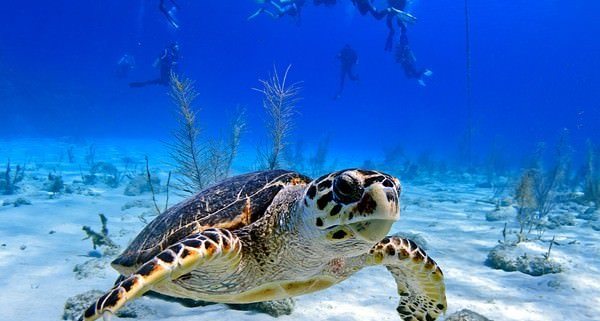

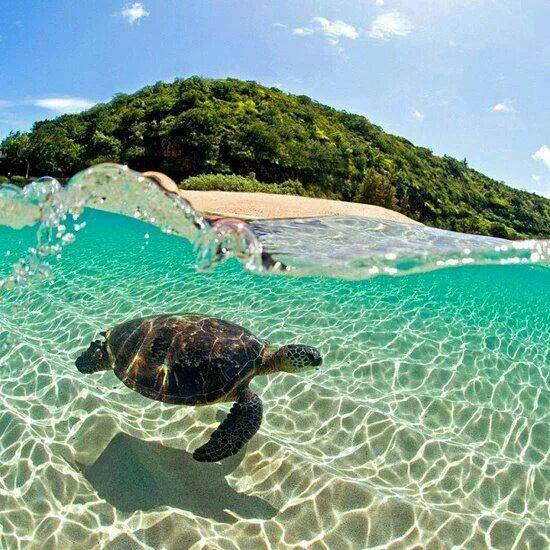 Although the populations are not as high, Barbados is also home to leatherback, loggerhead, olive ridley, Kemp’s ridley, flatback, and green sea turtles. By collaborating and partnering with the government, tourism industry, and fellow NGOs like itself, the Barbados Sea Turtle Project has made great strides in successfully finding a balance between protecting it’s turtle population and meeting the needs of the local economy.
Although the populations are not as high, Barbados is also home to leatherback, loggerhead, olive ridley, Kemp’s ridley, flatback, and green sea turtles. By collaborating and partnering with the government, tourism industry, and fellow NGOs like itself, the Barbados Sea Turtle Project has made great strides in successfully finding a balance between protecting it’s turtle population and meeting the needs of the local economy.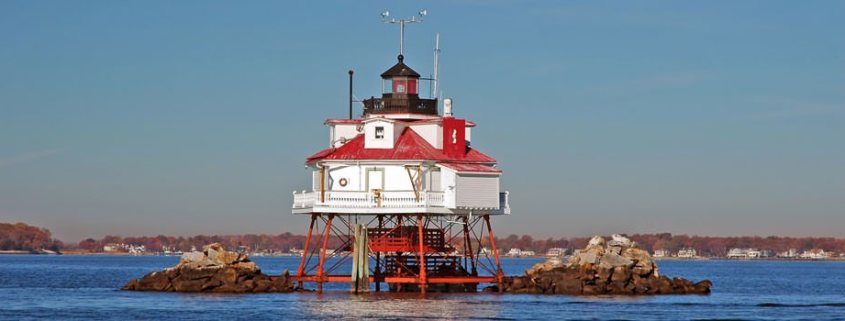
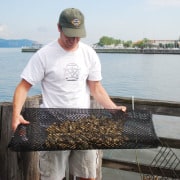 Last year, we kicked off our summer with a Memorial Day party at a friend’s house. His home sits on the scenic South River, a tributary of the Chesapeake Bay, just south of Annapolis, Maryland. Little did we know, that day would turn into so much more than just a fun day with old friends.
Last year, we kicked off our summer with a Memorial Day party at a friend’s house. His home sits on the scenic South River, a tributary of the Chesapeake Bay, just south of Annapolis, Maryland. Little did we know, that day would turn into so much more than just a fun day with old friends.